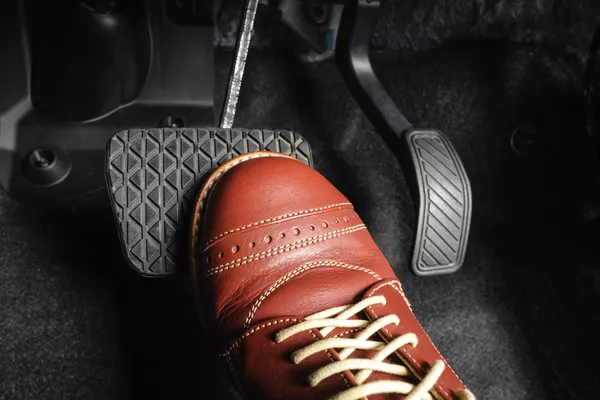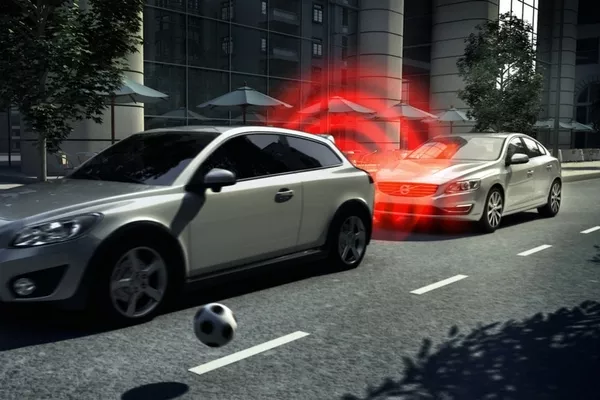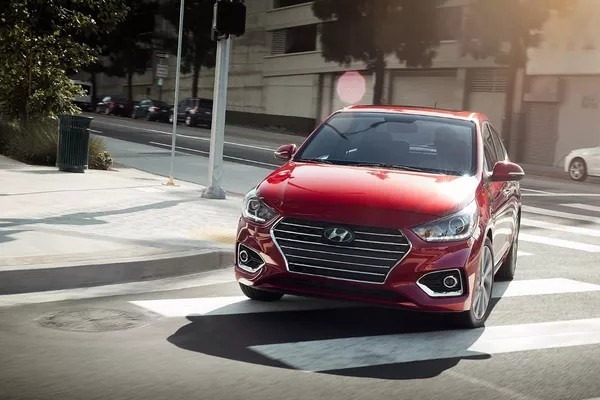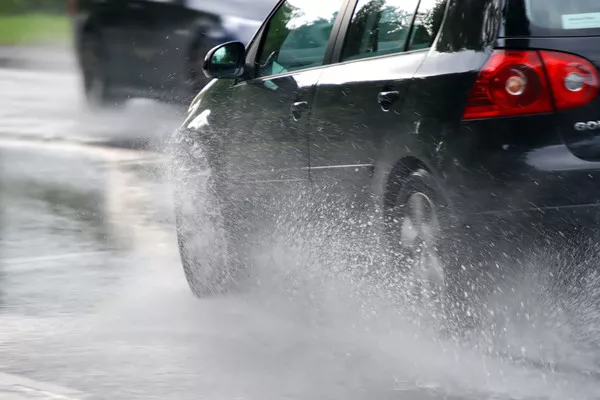Using the brakes properly is something that most drivers have to learn and sometimes, abuse in practice. If you believe you’re one of those who don’t know enough about proper braking, then here are some braking tips compiled by Philkotse.com.
1. Sudden braking can cause accidents
If you ever find yourself driving and then suddenly stepping on the brakes, it could only mean you weren’t paying enough attention to the road while you were driving. Abruptly stepping on the brakes in the middle of traffic is likely a result of tailgating, or driving too close to the vehicle in front.
It could also be because you were driving too fast and you slammed on the brakes to avoid hitting either another vehicle or a pedestrian. For cars that are not equipped with antilock brakes or ABS, sudden braking locks the wheels, causing the vehicle to skid uncontrollably and crash into something (or someone).
The key to safety in driving is to have your full attention on the road. Always maintain ample distance between you and the vehicle in front; this would give you ample time to react if the car in front suddenly stops.
Even a car equipped with ABS and suitable tires would still need sufficient distance to safely stop. Other factors that increase the risk of accidents during abrupt braking are road conditions and the weather.

Suddenly stepping on the brakes could mean you weren’t paying enough attention to the road while you were driving
2. Apply sufficient yet gradual pressure
Some people neglect the amount of pressure that they exert on the pedals; some drivers step on the brakes too hard while others don’t apply enough pressure.
With the latter, you may not have enough stopping distance after you engage the brakes, causing you to hit the vehicle in front. With the former, you stop so abruptly that you end up being rear-ended by the vehicle behind.

Place your foot on the brake pedal and gradually apply pressure
As mentioned, proper braking requires that you maintain the proper distance from the vehicle at your front.
Once you see that the tail lamps light up as the other vehicle comes to a complete stop, place your foot on the brake pedal and gradually apply pressure, just enough to bring the car to a stop without compromising control or maneuverability.

Proper braking requires that you keep your vehicle several meters away from the vehicle at your front
>>> Read more: How to use your car brakes properly.
3. Don’t mash the brakes during turns
Responsible drivers know better than to mash the brake pedal when making turns; this is a dangerous maneuver that can cause the car to skid out of control toward oncoming traffic or any other hazard, such as a cliff. Always drive within speed limits and use the brakes to reduce speed before negotiating a turn.

Every responsible driver knows that you should never mash your brake pedal when making turns
4. Water can affect braking performance
Inclement weather compromises both visibility and traction, and this affects braking as well. Heavy rains and fog mean that you have limited vision in front of and around the car, while wet roads mean the tires would have to work harder in bringing the car to a safe stop.
One of the risks associated with wet weather driving is hydroplaning or aquaplaning, where a layer of water prevents the tires from making sufficient contact with the road surface, resulting in reduced traction that prevents the car from responding to input from the driver.
Slamming on the brakes during hydroplaning amplifies the danger of losing control of the vehicle.

The more water you splash with your wheels, the less effective your brake pads become
>>> Also check: These 7 habits of car owners are awfully damaging their brakes.
Moreover, the more water splashed on your wheels, the less effective your brake pads become. That’s because some of the water you run over can actually get inside the rotors and calipers reducing the friction needed by the brake pads to work.
If you’ve just driven through a flood, dry out the brakes by gradually tapping the brake pedal lightly a few times. Drive slowly while in gear while applying steady brake pressure.
Recent posts
- 7 steps to deal with the car brake noise Nov 30, 2022
- Things you might not know about brake pads and car rotors Jan 30, 2021
- Pros & Cons of DIY car brake replacement Aug 16, 2022
- Do’s and Don’ts when car brakes fail Mar 17, 2021
- How to make your brakes last longer? Feb 17, 2021












